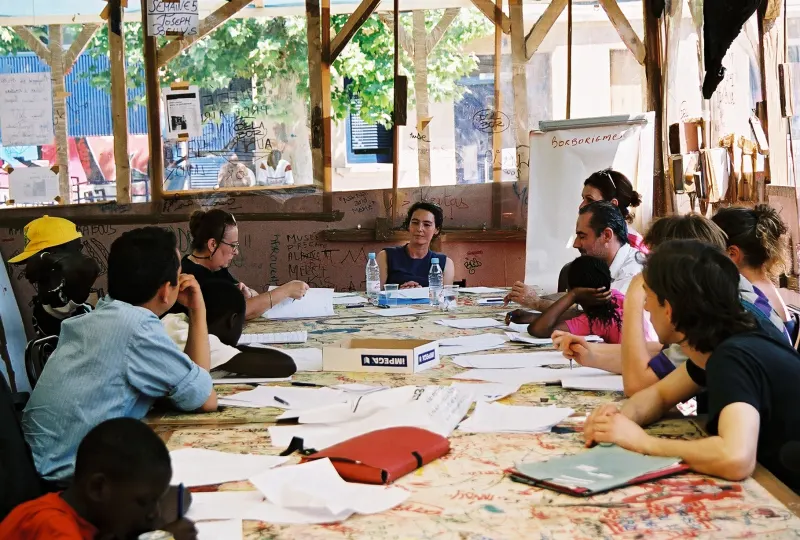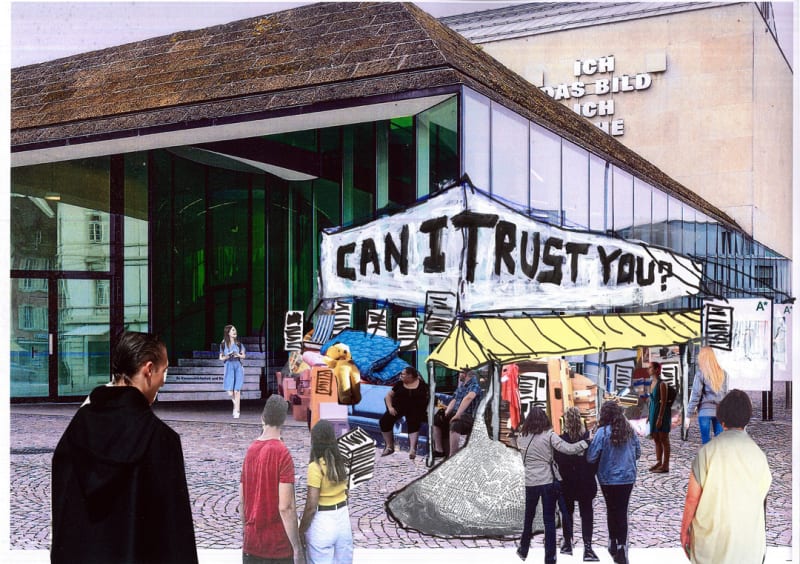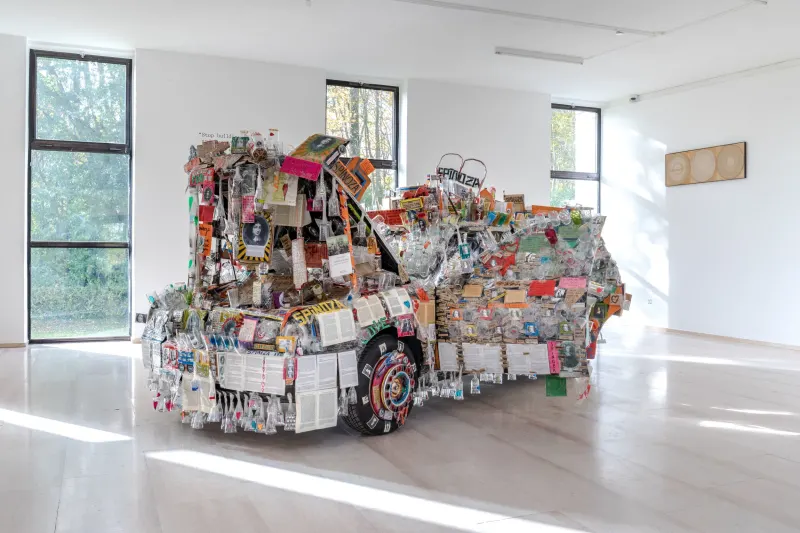Thomas Hirschhorn news
Your shopping bag
No items found
Close
Your favourites
Create a list of works then send us an enquiry.
No items found
London
New York



















